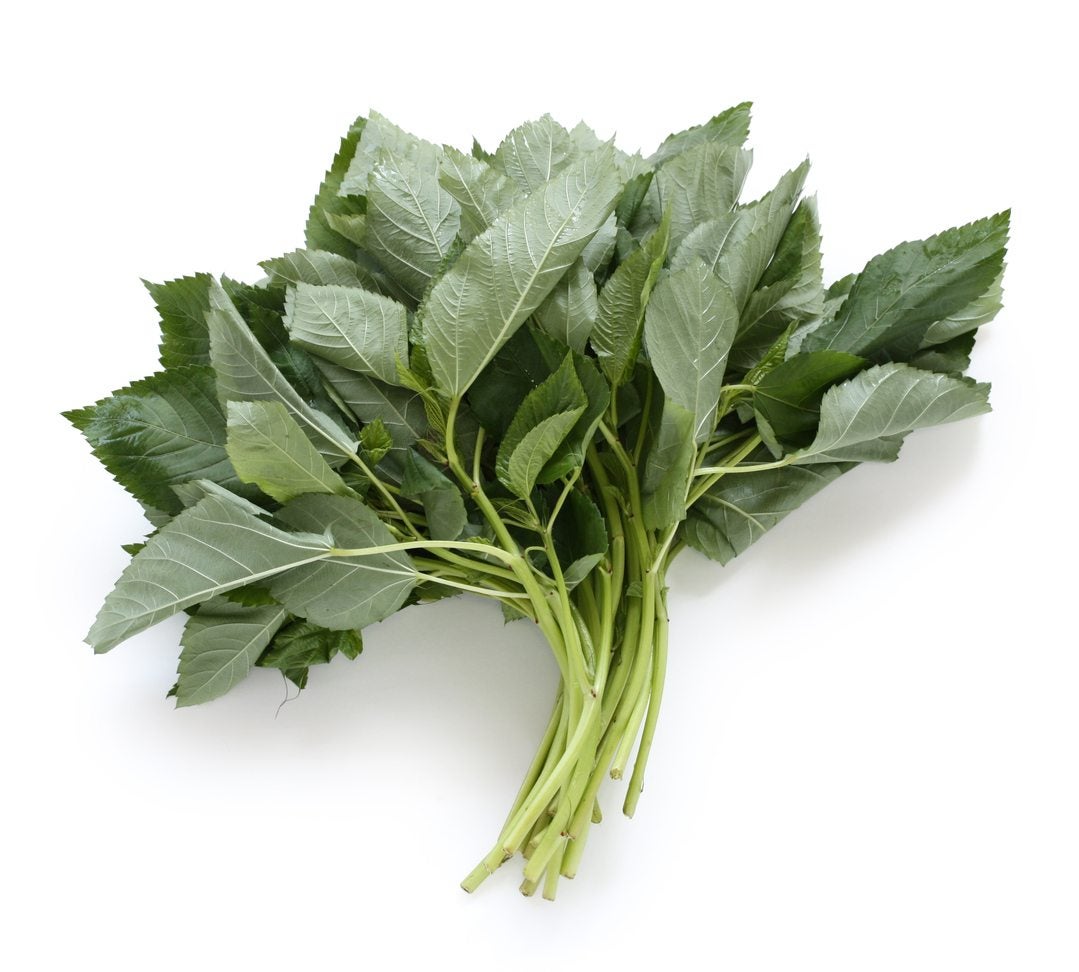Molokhia Plant Care: Tips On Growing And Harvesting Egyptian Spinach


Molokhia (Corchorus olitorius) goes by several names, including jute mallow, Jews’ mallow, and more commonly, Egyptian spinach. Native to the Middle East, it’s a tasty, edible green that grows quickly and reliably and can be cut again and again throughout the growing season. Keep reading to learn more about molokhia plant care and cultivation.
Molokhia Cultivation
What is Egyptian spinach? It’s a plant with a long history, and molokhia cultivation goes back to the times of the Pharaohs. Today, it’s still one of the most popular vegetables in Egyptian cooking. It’s very fast growing, usually ready to harvest about 60 days after planting. If it goes uncut, it can reach as tall as 6 feet (2 m.) in height. It likes hot weather and produces its leafy greens throughout the summer. When temperatures begin to drop in the fall, leaf production slows, and the plant bolts, producing small, bright yellow flowers. The flowers are then replaced by long, thin seed pods that can be harvested when they naturally dry and brown on the stem.
Growing Egyptian Spinach Plants
Growing Egyptian spinach is relatively easy. The seeds can be sown directly in the ground in the spring after all chance of frost has passed or started indoors about six weeks before the average last frost. These plants prefer full sun, plenty of water, and fertile, well-draining soil. Egyptian spinach grows outward into a shrub shape, so don’t put your plants too close together. Harvesting Egyptian spinach is easy and rewarding. After the plant reaches about 2 feet (61 cm.) in height, you can begin harvesting by cutting off the top 6 inches (15 cm.) or so of growth. These are the most tender parts, and they’ll be replaced quickly. You can harvest from your plant like this again and again over the course of the summer. Alternatively, you can harvest the entire plants when they’re very young and tender. If you plant a new round of seeds every week or two, you’ll have a constant supply of new plants.
Gardening tips, videos, info and more delivered right to your inbox!
Sign up for the Gardening Know How newsletter today and receive a free copy of our e-book "How to Grow Delicious Tomatoes".

The only child of a horticulturist and an English teacher, Liz Baessler was destined to become a gardening editor. She has been with Gardening Know how since 2015, and a Senior Editor since 2020. She holds a BA in English from Brandeis University and an MA in English from the University of Geneva, Switzerland. After years of gardening in containers and community garden plots, she finally has a backyard of her own, which she is systematically filling with vegetables and flowers.
-
 Zinnias On Repeat: 10 Glorious Cut-And-Come-Again Varieties For Endless Summer Bouquets
Zinnias On Repeat: 10 Glorious Cut-And-Come-Again Varieties For Endless Summer BouquetsThese zinnia varieties keep giving all summer, making them the perfect choice for dedicated cutting gardens – or just the occasional homegrown bouquet.
By Ellen Wells
-
 Create A Romantic Garden Straight Out Of Bridgerton: Regency Era Romance In Your Garden
Create A Romantic Garden Straight Out Of Bridgerton: Regency Era Romance In Your GardenTry some romantic garden ideas straight out of Bridgerton. Flowers and gardens in the Regency era were lush and charming and you can get the same look!
By Bonnie L. Grant